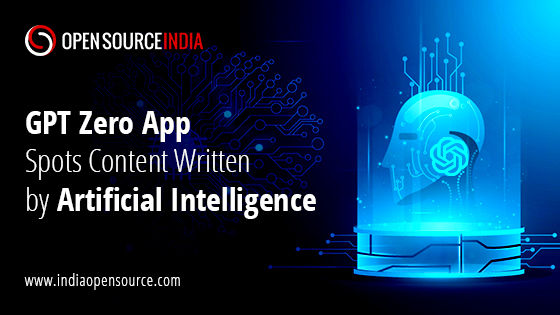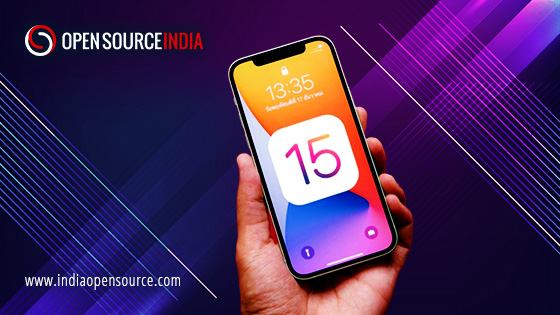While Chat GPT is hardly a reliable source of information, it has already gained an actual use case among students – essay cheating. The AI chatbot can write essays that would normally take a human hours to complete in seconds. Edward Tian, a computer science student at Princeton, was clearly dissatisfied with this and dedicated himself to developing an app that can help detect whether a text was written by a human or by a Chat GPT.
The app, called GPTZero, can “quickly and efficiently detect whether an essay is ChatGPT or human written,” according to Tian’s tweet. Fearing cases of “AI plagiarism,” New York City public schools recently banned Chat GPT from school devices and Wi-Fi networks. This is a step in the right direction to prevent cheating, but it isn’t very effective because students can still get around it by writing their essays at home.
Meanwhile, GPTZero equips teachers with the ability to distinguish AI-generated essays from human-generated ones, which is a better approach.
Tian explained to CBS MoneyWatch that the app works by analysing a text’s “perplexity” and calculating its randomness. Because humans are more unpredictable, it scores higher if it is generated by humans. Meanwhile, bot-generated content typically has low “perplexity,” which causes the bot to flag it as machine-generated.
Tian shared a couple of videos in his tweets comparing GPTZero’s analysis of a New Yorker article with a Chat GPT-generated LinkedIn post. The tool gave the article 114 points and correctly identified it as written by a human, while the LinkedIn post received 40 points and was correctly identified as “AI generated.”
According to its creator, ChatGPT is currently in beta testing and will spend the next few weeks improving the model and analysis.












